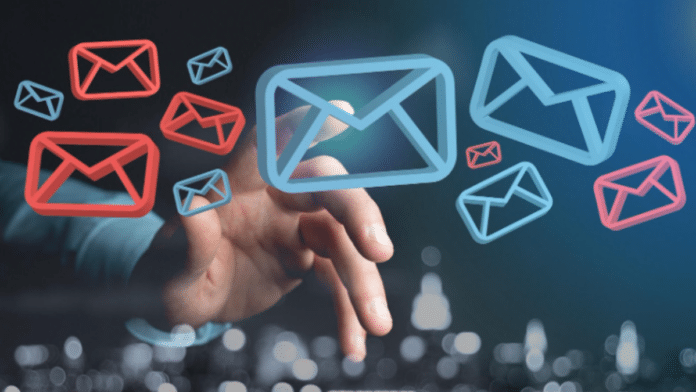For organizations, email is the first line of defense from hacking, and it has to be protected the most. According to research, over three billion infected emails are sent daily — which means that it’s highly likely that you’ll receive an infected email in your inbox.
Namely, emails are highly targeted by cybercriminals. The main reason is that everyone has an email address, and it’s relatively easy to obtain a lot of them as well as send malicious links that contain a virus.
So, what can you do about it?
Start by strengthening your email security.
What is email security all about? Well, it’s about changing your password to a stronger one, but also having the tools that protect you against common cyberattacks.
Which cyberattacks should you learn to recognize and how to set up a strong password to protect your email?
Let’s find out.
Recognize Obvious Phishing Attacks
Emails are the number one target of phishing attacks. Therefore, it’s important to recognize a phishing attack.
What all phishing attacks have in common is that they impersonate someone you trust. Cybercriminals don’t want you to second guess if an email is a scam, a legit offer, or a genuine concern.
For example, common scams include the impersonation of banks and notifying you that your account has been hacked.
To protect that same account, they might request to click on a certain link that connects data or even your PIN — even though a bank would never ask you to disclose it over an email.
Lately, there has been an increased number of attacks that include the impersonation of medical institutions due to COVID-19. Hackers send infected files with information about the latest measures concerning coronavirus.
Medical and financial scams include emails that are sent to a lot of people. Avoid clicking on any links or opening attachments, even if you get an email that looks like it’s from your bank or official medical institution.
The goals of phishing emails are different. Some might ask you to transfer money and others might pretend to help you and urge you to click on a certain link or install attachments that contain malware.
Some clues that you received a phishing email are:
- Sense of urgency — scammers put pressure on you to react as soon as possible
- Grammatical errors — scam emails are known to have a lot of grammatical errors
- Generic greeting — email filters can recognize certain templates that hackers use, and it’s common for them to start with a greeting such as “Dear valued member” or even “Dear customer”
Use Trustworthy Anti-Malware
Reliable antivirus installed on all of your devices is a must. Scamming via email is frequently accompanied by a link to a website that is infected with malware or an attachment containing a virus looking to get installed on your computer.
Therefore, even if you don’t transfer money upon their request, cybercriminals might find another way to get into your bank account. They could monitor your activity using the remote access they gained after you installed malware on your device.
Antivirus software from a trustworthy company can detect viruses on your device and mitigate them before hackers cause any damage or get access to your sensitive information and demand ransom.
Set up a Strong Password
To be impenetrable, your password must contain at least 8 or 13 characters. It also has to consist of a unique combination of both uppercase and lowercase letters, numbers, and special symbols.
Avoid using any of your personal information when choosing your password. Numbers such as anniversaries or birthdays are easier to trace back to you – especially on social media.
What’s more, avoid having any words from a dictionary in your password. Hackers can use the dictionary to crack your credentials.
When was the last time you changed your passwords? Has it been over six months or even longer? If not, it’s time to change it.
Also, do you use your password for more than one account?
If that’s the case, it means that hackers can hack into your email and use the same password to get into all the other sites and services that you sign up with using the same credentials.
Secure Your Corporate Email
Companies need more complex measures to protect their networks and corporate emails. Having stronger tools that protect your system against the latest cyberattacks, basic employee training about cybersecurity, and employing zero trust is a good start.
Your tools should be able to scan for and mitigate phishing attacks and other likely attacks that target email. They should block installing of the attachments and access to sites that are suspicious, but also remove threats that are already on your computer.
Employee training is an efficient way to combat some possible flaws in security.
Not all of your employees are tech-savvy, and some of them might cause a vulnerability in your system. They might click on an infected link within the body of the email or download an attachment from an unknown sender.
However, your employees are not cybersecurity experts, and it’s not solely their responsibility to protect your network.
Employ zero trust by limiting access to certain parts of your systems, and use cybersecurity tools that continually scan for unwanted access.
Email is a Goldmine of Information for Hackers — Protect it
The information that you have on your email is precious, and it has to be protected — even if you firmly believe that you have nothing or already share a lot about yourself on your social media.
Emails can contain information about your bank account, private information about you, your family, your clients, and more.
For better email security, you can start by replacing your password with a more secure one and have tools that remove malware in case you click accidentally click on a malicious link.
